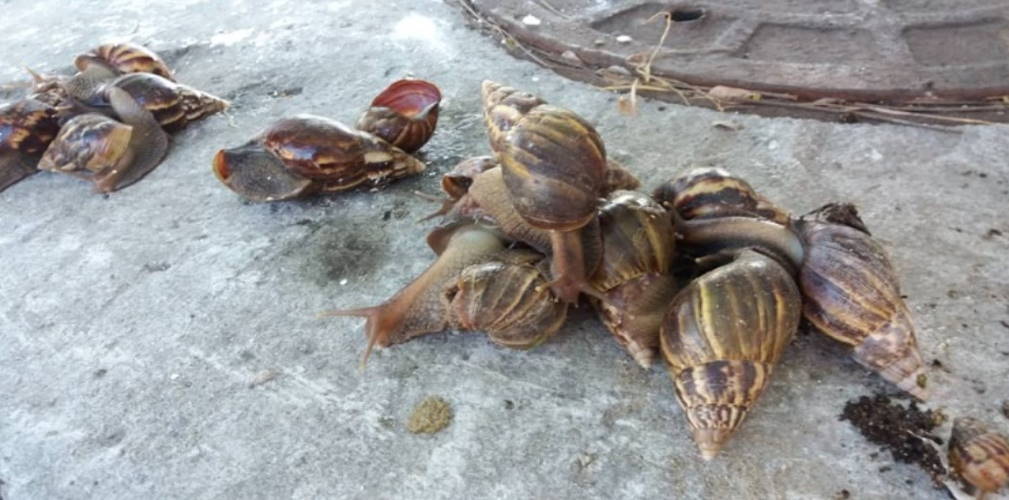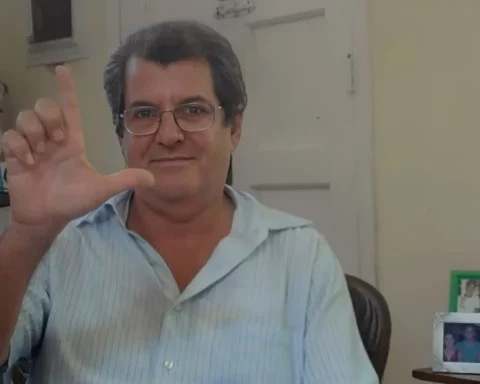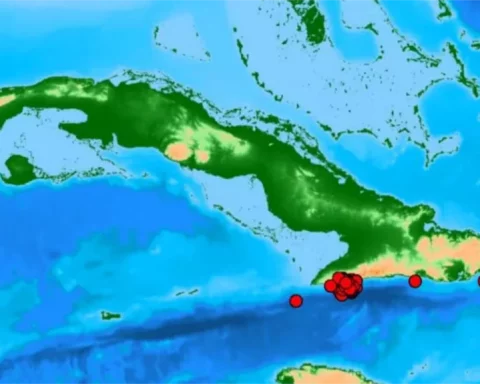LAS TUNAS, Cuba. — A plague of giant African snails with unforeseeable consequences is blooming in Las Tunas, in public view, notoriously.
A few days ago, while I was walking along Avenida 30 de Noviembre towards the railway station in the morning, a herd of giant African snails moved through the wet grass as if it were a crab run.
The giant African snail (achatina fulica) is included in the list of 100 of the most harmful invasive alien species in the world of the International Union for Conservation of Nature. It is of epidemiological interest because it can become a plague, being able to host nematodes, microscopic worms that, housed in fibromuscular tissues and secretions of snail slime, can cause contagious diseases, some of which are fatal, such as meningoencephalitis.
As this species reproduces rapidly, it can cause serious damage to people, animals and plants, and is also a serious threat to crops, native species, habitats and ecosystems.
In the provincial capital of Las Tunas, the presence of the giant African snail has been reported for a long time. Before the COVID-19 pandemic, the health authorities maintained a control campaign that, in addition to measures to eliminate this invasive species and its hosts, developed information actions in the mass media to alert the population, warning that the snail could never be touched with bare hands, but provided with gloves, due to the high risk of contagion.
But today in Las Tunas, despite being visible on the side of the very central Avenida 30 de Noviembre, little or nothing is said about the African snail, precisely when the risk of becoming a plague seems to be greater, and not only in Tunas, but in the world.
On June 23, a gardener reported the presence of giant African snails in New Port Richey, in Pasco County, Florida, causing the Department of Agriculture and Consumer Services to take quarantine measures in an 872-mile area, prohibiting the movement of snails, plants, soil, waste garden, fertilizer, construction materials and other objects that can propagate the species or its harmful action.
On July 7, the Colombian newspaper The universal alerted its readers, noting: “Due to the rains, the alert is maintained for the proliferation of giant African snails in various areas of Cartagena.”
“How far will the giant African snails go in Las Tunas?” I asked without getting an answer to two epidemiologists who were “alarmed” when I showed them the photos of the mollusks crawling through the grass, next to the public road, where they could be sniffed. for a dog, a dog that, as a pet at last, shortly after could be in the arms of a child. The danger is real and government authorities should not be silent.
OPINION ARTICLE
The opinions expressed in this article are the sole responsibility of the issuer and do not necessarily represent the opinion of CubaNet.
Receive information from CubaNet on your cell phone through WhatsApp. Send us a message with the word “CUBA” on the phone +1 (786) 316-2072, You can also subscribe to our electronic newsletter by giving click here.


















